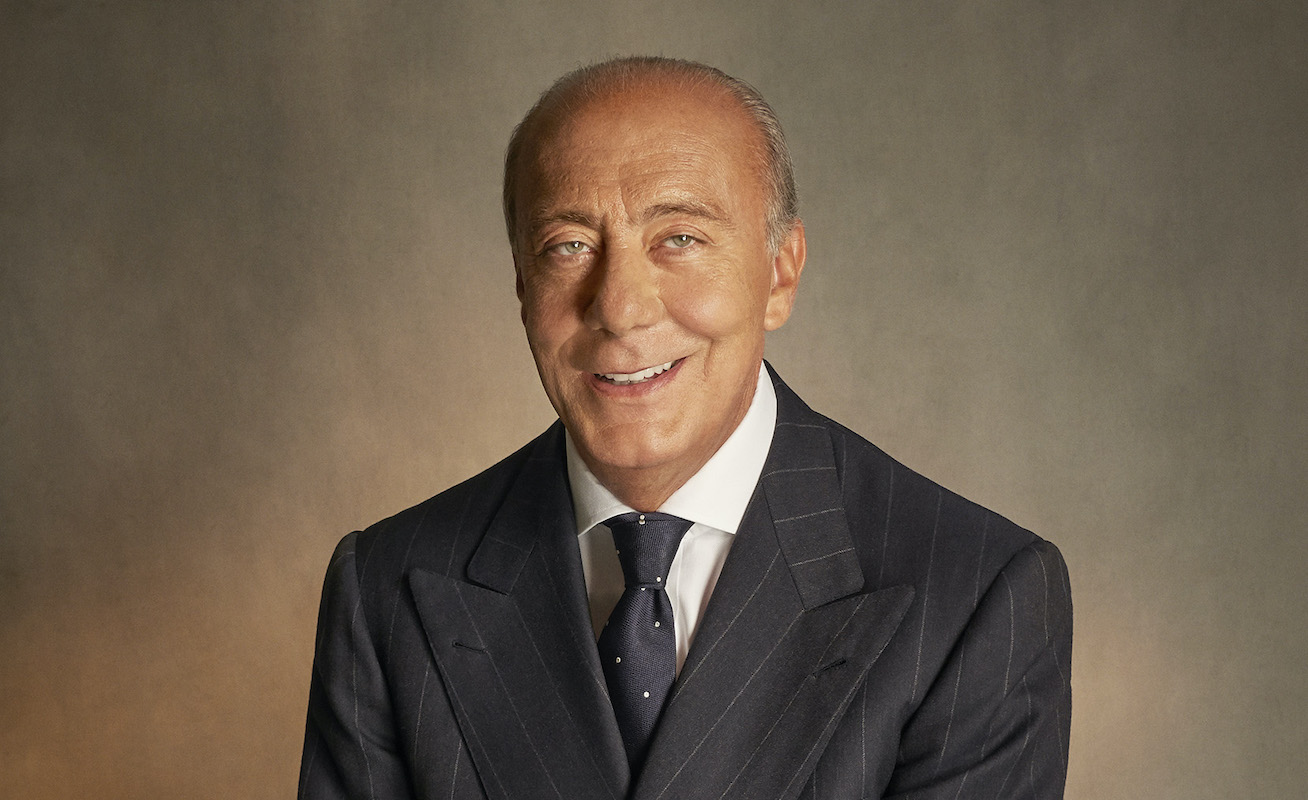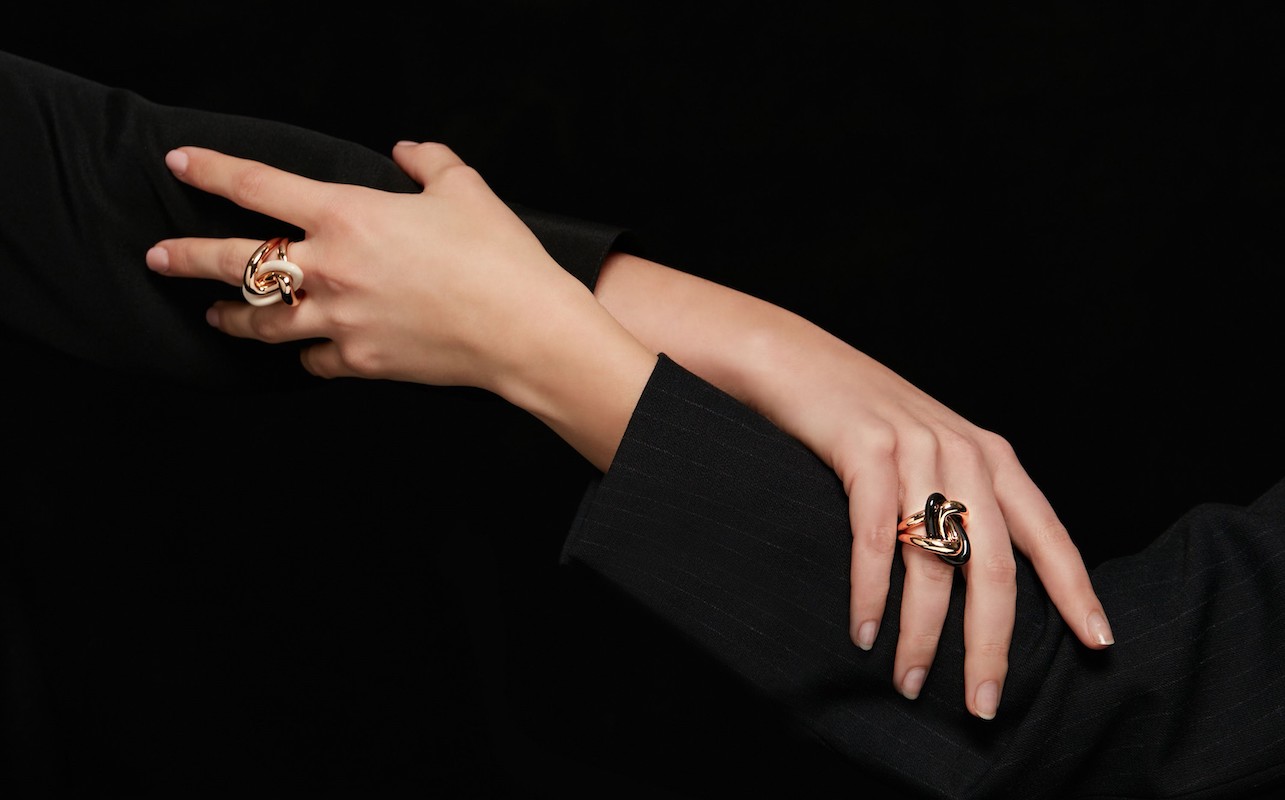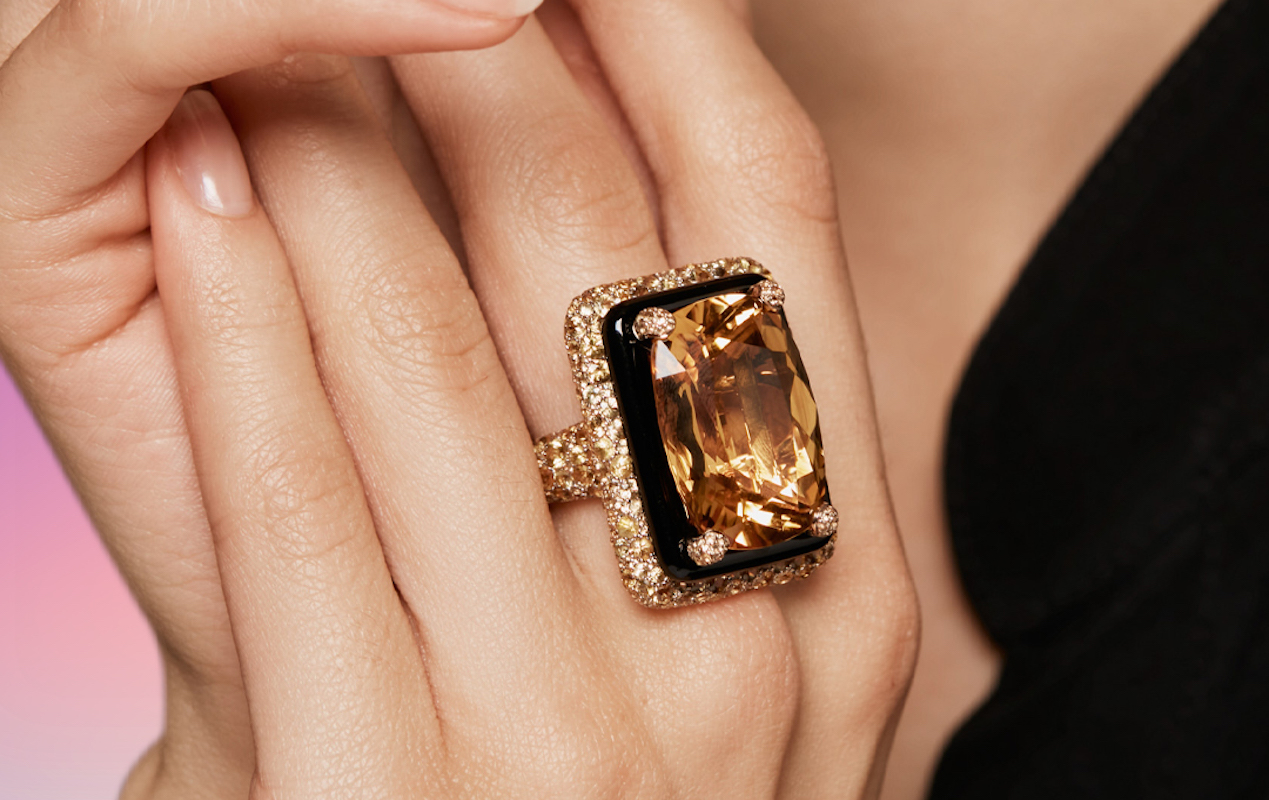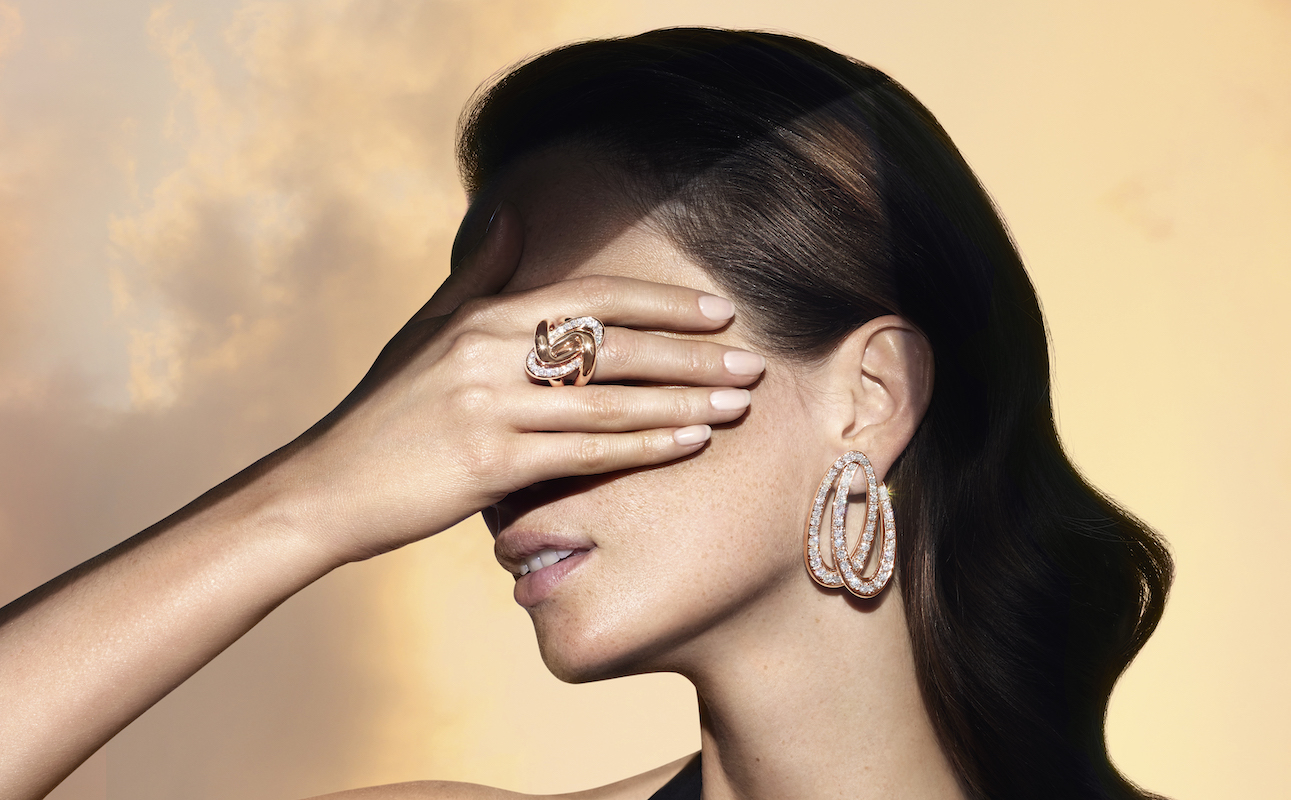This website uses cookies so that we can provide you with the best user experience possible. Cookie information is stored in your browser and performs functions such as recognising you when you return to our website and helping our team to understand which sections of the website you find most interesting and useful.
Return of the King: an interview with Fawaz Gruosi
By Juliet Herd | 18 May 2021 | Lifestyle, Style
Speaking exclusively to Tempus, the most influential man in jewellery shares his dreams for his new London-based brand

If ever a party brought to modern minds the era of F Scott Fitzgerald’s The Great Gatsby, it would be high jewellery brand De Grisogono’s annual extravaganza at the legendary Hotel du Cap-Eden-Roc during the Cannes Film Festival.
The sit-down dinners for 600 people or more overlooking the glittering Cap d’Antibes represented a headcount of the rich and famous, every table heaving with supermodels, Hollywood A-listers, rock stars, business tycoons and general movers and shakers: Sharon Stone, Kim Kardashian, Natalie Portman, Naomi Campbell, Cara Delevingne, Paris Hilton and The Great Gatsby (2013) actor himself, Leonardo DiCaprio, to name a handful.
At the centre of this glamorous melange was one man – Fawaz Gruosi (right), founder and face of the company he had built from a niche luxury brand in the early ’90s to world-famous high jewellery player, known for its spectacular statement pieces and trailblazing designs.
However, three years ago Gruosi left De Grisogono and, in January 2020, the Geneva- based firm filed for bankruptcy, caught in the cross-fire of a corruption scandal involving Africa’s richest woman Isabel dos Santos, whose husband part-owned the business along with Angola’s state diamond firm.
Today, speaking exclusively to Tempus, Florence-born Gruosi, 68, admits it was an unhappy time and that the situation with dos Santos had made his position untenable. But he insists he was ready for a change and, with his customary vigour and optimism, has thrown himself into a new high jewellery venture under his own name.

“It’s a new beginning,” Gruosi says of the opulent art deco-style boutique he opened in December 2020 in Mayfair’s Berkeley Square, just two weeks before the UK went into its third Covid-19 lockdown. Even the pandemic has failed to quash this irrepressible jewellery maverick’s entrepreneurial and creative spirit – “I am always positive”, he says. What he misses most is the ability to jump on a plane to visit international clients and suppliers.
“All my life, I used to travel everywhere – to Russia, the United States, China and the UAE – to bring showcases [of jewellery] from Geneva,” says Lebanese-Italian Gruosi, who has had to content himself with taking his dog, Paddington, for daily walks around London (where he is now based, close to his daughters and five grandchildren), instead.
Still, he has hardly had much thumb-twiddling time between sketching designs for his hand-crafted creations and setting up his own workshop, headed by his long-term collaborator Patrick Affolter.
“I never give up; I always try to do something totally different to the past, but still with my DNA,” self-trained Gruosi says when asked how it feels to be back in the design seat. Renowned within the industry for pushing the boundaries of technique and structure, and for working with unexpected materials (he was an early champion of black diamonds), he has revelled in the creative freedom of producing a 380-piece new collection, which he considers to be more personal and audacious than anything he has done before.
“Expect the unexpected,” teases the man who introduced complex articulated mechanisms, whimsical jewel-encrusted fruits and animals and mismatched earrings.

A NEW MOOD
Inspired by whatever catches his keen eye, whether an object, flower, sunset or even fleeting gesture, his new collection is a kaleidoscope of colour and juxtaposed materials, including jade, onyx, turquoise and coral, alongside sapphires, diamonds, emeralds and rubies.
Pieces like a sea urchin-inspired rotating 18-carat rose-gold ring set with an emerald- cut rubellite, white diamonds and pink opal, and an 18-carat white-gold bracelet set with pear-shaped emeralds, brilliant-cut rubies and turquoise (which reminds Gruosi of the colour of the sea under a full sun), represent what he describes as a “new mood” in high jewellery.
Ever since he opened his first de Grisogono boutique in Geneva in 1993, after learning the intricacies of the industry with diamond expert Harry Winston in Saudi Arabia followed by a global role with the Bulgari family, Gruosi has blazed his own trail, unafraid to disrupt a traditionally conservative industry with his strong, sculptural and sensual pieces; the epitome of modern femininity and glamour.

“I didn’t want it [the brand] to be like everyone else, doing minimalist pieces,” recalls the jeweller, whose first major commission was a pair of earrings for the Begum Aga Khan. “There were all these big brands and I was really nobody. I decided to do the opposite and do something bold and colourful. At the time, I had nothing to lose; I was doing crazy things. It took me four years to break through and then there was an explosion.”
When he launched his ground-breaking Black Diamonds collection in 1996, he remembers “everyone was laughing at me”. But the precious black diamond went on to become de Grisogono’s signature jewel, drawing the international elite and sealing Gruosi’s reputation as a master innovator. Now, he’s planning to do the same with golden amber, crafting unconventional yet exquisite pieces that elevate the fossilised tree resin gemstone to new heights. “It is incredibly beautiful but so far, I don’t think a lot of people realise that,” he says.
“Like with black diamonds, we will start to show how unique it is.”

Does he think, post-pandemic, that women will still want to wear show-stopping jewels? “Yes and no,” he replies. “There are two kinds of women – the ones who don’t want [to wear] jewellery anymore and the others who are just dying for the shops to open and are ready to come in and buy.” In particular, he predicts that the China market will continue to grow as travel begins to open up again and the jet-setting East Asian clientele “start to be almost European” in their taste and outlook.
Can Gruosi ever imagine hosting epic Gatsby- esque parties again? He laughs as he recalls the “craziness” of those times, describing the soiree scenes at Hotel du Cap as “like a movie”. “We will not do this [again],” he says, soberly. “We will do a party for maybe 30 people. Things have changed. I will still go everywhere, but not with the craziness like before.”







